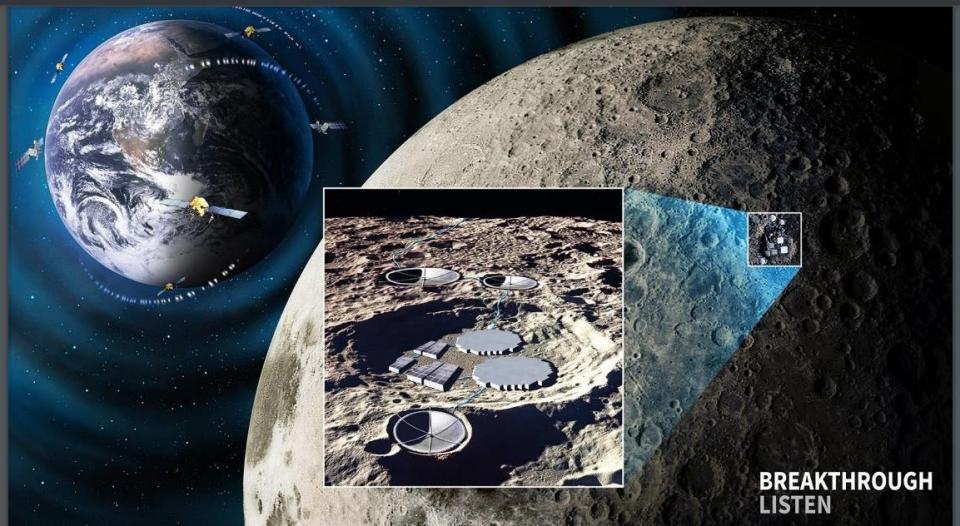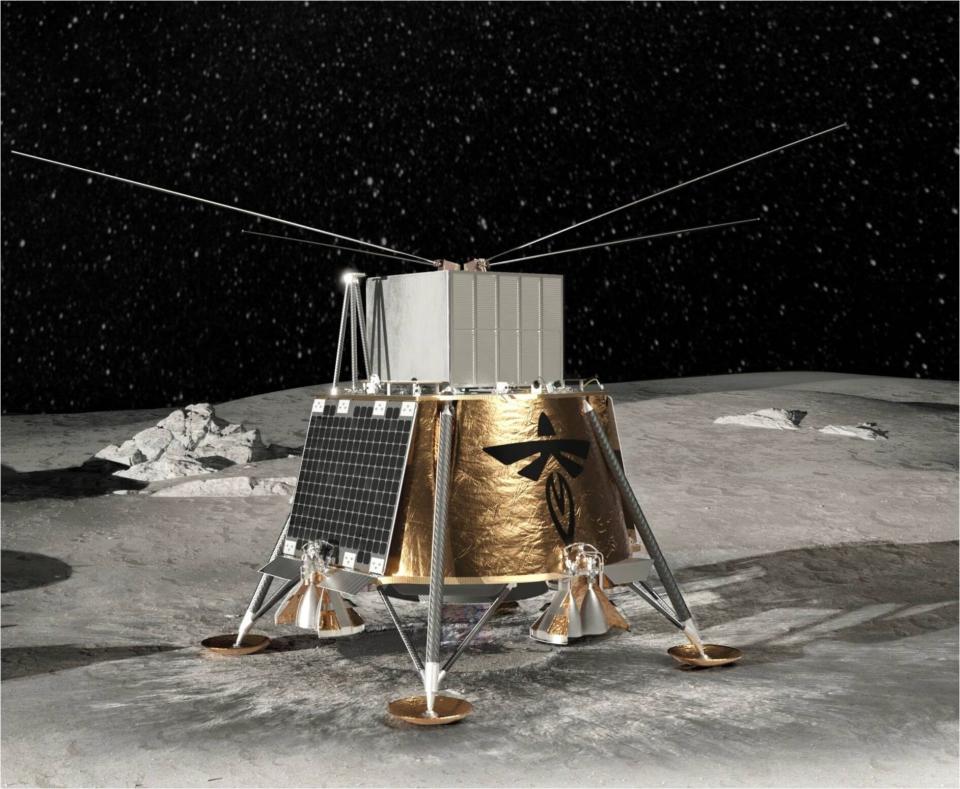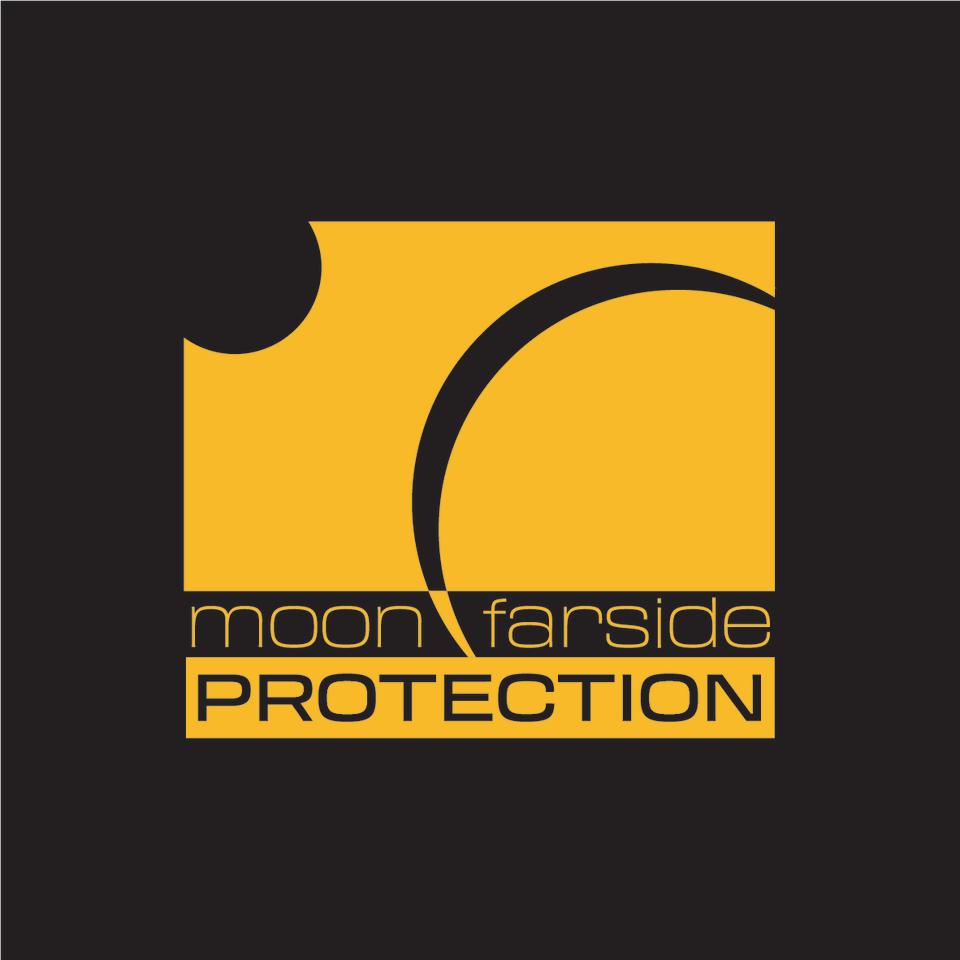There is a growing and passionate call for radio silence to be maintained on the far side of the moon.
A first-of-its-kind international symposium is being held this week, turning up the volume to ponder the possibility of preserving real estate on the far side of the moon for exclusive scientific purposes. Even though the moon is surrounded by space, there is an air of urgency in the meeting.
The first IAA Lunar Far Side Protection Symposium, held under the auspices of the International Academy of Astronautics (IAA), takes place in Turin, Italy, on March 21-22. The aim of the meeting is to launch a wake-up call that will make the global scientific, political and industrial community aware of a growing list of concerns.
Relating to: The Moon may be perfect for cutting-edge telescopes, but not if we protect it
electromagnetic pollution
Earth’s neighboring celestial body has the unique property of naturally protective radio waves produced by conversations on and around Earth. What some meeting organizers see is the need for a radio quiet zone on the moon, called a protected zone.
This idea was supported by Claudio Maccone from the Istituto Nazionale di Astrophysica (National Institute of Astrophysics). In December 2021, the IAA established a new permanent committee dedicated to the protection of the far side of the moon, chaired by Maccone as IAA technical director.
Maccone and colleagues suggest that the far side of the Moon is a region of extraordinary scientific interest because it provides an environment free of the electromagnetic pollution typical of Earth.
Maccone points out that the increasing pace of lunar missions by multiple nations could irreversibly jeopardize the current state of radio silence of the moon.
Maccone explains that some of the sciences that would greatly benefit from operating on the far side include cosmology, astrobiology, planetary defense, as well as the search for other intelligent life that may exist in the skies.

lunar deliveries
Science on the Moon is already taking shape, says Jack Burns, professor emeritus of the department of astrophysics and planetary sciences at the University of Colorado at Boulder.
“Radio astronomy from the moon began,” says Burns.
Burns points out that NASA’s first radio telescope, ROLSES, was recently delivered to the moon’s south pole by the Intuitive Machines Odysseus lander. ROLSES stands for Radio Wave Observation of Photo-Electron Sheath on the Lunar Surface. He is currently a co-investigator on the ROLSES instrument on the moon.
Additionally, additional radio telescopes are planned to land on two other NASA Commercial Lunar Payload Services landers in 2026: ROLSES-2 on the near side and Lunar Surface Electromagnetic Experiment – Night (LuSEE-Night) on the far side. Burns is a LuSEE-Night co-investigator.


Years of expectation
“After years of anticipation, we are actively doing radio science from the moon. So we also need to actively work to protect the far side of the moon, in particular, from radio frequency interference from satellites in lunar orbit and infrastructure on the moon,” Burns tells Space.com.
Burns aims to bring together thought leaders in science, engineering, space policy and space law at this week’s far side of the Moon protection workshop to develop modern approaches to protecting the far side of the Moon from human-caused radio emissions.
“We need to cover the far side of exciting science that involves measuring magnetic fields associated with potentially habitable exoplanets and unlocking the mysteries of the unexplored Dark Ages of the early universe using low radio frequency observations.” Burns says.
High-level tasks
Many topics are discussed in this week’s symposium.
IAA’s Maccone ticks off high-level exploration missions when describing how various sciences are taking advantage of the radio-quiet zone:
-
Cosmology: Detecting the extremely weak radiation of the hydrogen line at 1.420 Megahertz and reducing it to much lower frequencies. Radio silence on the far side of the Moon would enable major advances in research.
-
Astrobiology: Studying pre-biological interstellar molecules by searching for faint spectral lines using advanced radio telescopes combined with radio silence on the far side of the Moon.
-
Planet defense: On the far side, radar and optical telescopes can be used for accurate measurements of near-Earth objects, increasing the time it takes to detect them and providing warning of a possible space rock hitting our planet.
-
SETI and technical signatures: Searching with very low noise for “signatures” of alien civilizations, which, due to the large distances between stars in the Milky Way, can reach us extremely poorly, if not from other galaxies.


protected area
Maccone explains that recent lunar missions, and even more importantly new programs, will bring more and more artificial systems around and onto the lunar surface, taking up space and emitting radio waves at various frequencies.
International regulations and decisions already exist that aim to protect any protected zone on the moon (SZM in lunar language), such as the radio regulations of the International Telecommunication Union (ITU).
“However, it is of great importance to both extend the protected frequencies to include all other scientifically relevant frequencies – in addition to those already included – and to take a further step to preserve part of the far side for scientific facilities only.” Maccone suggests this.
diplomatic efforts
Maccone says there is an urgent need to make the regulations enforceable and binding agreements for every space agency and private company.
Maccone adds that all goals can and will only be achieved through diplomatic efforts involving current and future spacefaring nations from around the world.
The ultimate goal of the newly formed IAA committee and the symposium is to help create an international agreement, ideally under relevant specialized organizations such as the ITU and the United Nations Committee on the Peaceful Uses of Outer Space.
compound articulation
Richard Green is president of the International Astronomical Union group investigating issues of staging astronomy from the Moon. He is also assistant director for government relations at the Steward Observatory, run by the University of Arizona in Tucson.
“I think this meeting is important because we can make some progress on a unified articulation of astronomy needs and a proposed policy approach for the moon,” Green says.
Additionally, Green explains that there is an immediate opportunity to do so through the proposed United Nations space science and technical subcommittee action team.
Green observes that the UN action team will explore communication and cooperation for lunar activities and could be approved by the full UN Committee on the Peaceful Uses of Outer Space, which meets this June.
Wild West scenario
RELATED STORIES:
— Lunar group pushes for protection of far side of ultra-quiet Moon
— Radio telescope to be launched to far side of moon in 2025 to probe cosmic Dark Ages
— China to launch first sample return mission to the far side of the moon in 2024
“My concern is that lunar projects are developing rapidly and are not coordinated,” says Joseph Silk, an astrophysicist at Johns Hopkins University in Baltimore, Maryland, and a professor of physics at the Institut d’Astrophysique de Paris.
Silk says science projects such as unique radio telescopes that can look back in time to the dark ages of the universe are at the forefront. The far side offers a unique environment, she adds, and optical telescopes in permanently shadowed polar craters will eventually image the nearest exoplanets.
“Yet we face the risk of a Wild West scenario due to competition between rival space agencies and commercial interests,” Silk told Space.com. “The number of desirable locations on the Moon is limited. The last major space agreement dates back to 1967 and has no means of enforcement. A new international space agreement is urgently needed,” he concludes.
Editor’s Note: This story was updated at 11:20 PM ET on March 21 to correct a typo: The hydrogen line is at 1,420 MHz, not 142 MHz.